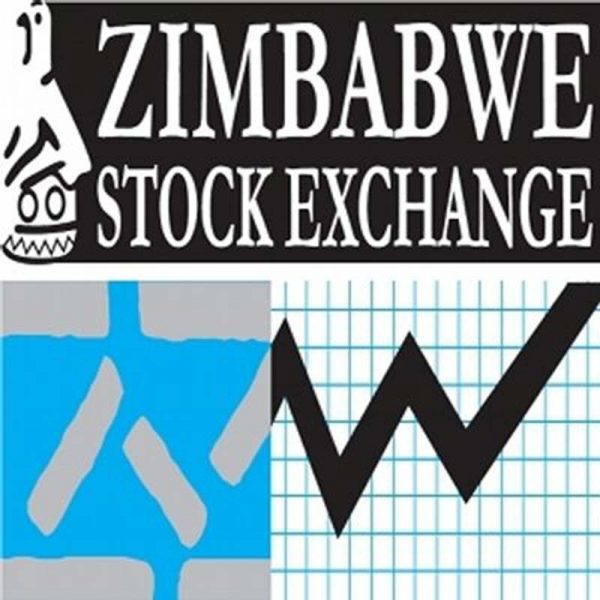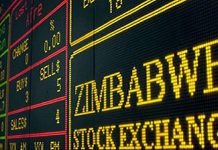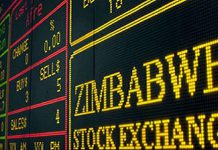The wait is finally over. The Victoria Falls Stock Exchange (VFEX) is scheduled to open its board for trading today. It is the latest stock exchange in the country that joins the Zimbabwe Stock Exchange (ZSE) and Financial Securities Stock Exchange (Finsec) as a platform for public equity trading.
Tafara Mtutu Investment ANalyst
The VFEX, however, will be a United States dollar-denominated exchange, unlike the ZSE and Finsec which trade in the Zimbabwean dollar.
The new bourse will kick off with Seed Co International only, but other exchanges such as PPC and Old Mutual Limited are expected to come on board soon. This article will intuitively answer some questions that investors have in mind as the VFEX roars to life.
Why do we need another exchange? The rationale behind the VFEX was to curb parallel market rates. Earlier this year, parallel markets galloped from ZW$30,8/US dollar in March to ZW$120/US dollar in June, and triggered a number of correctional responses from the authorities that included (i) introduction of the auction system, (ii) temporary suspension of trading on the ZSE, (ii) removal of dual-listed stocks on the ZSE, and (iii) a crackdown on parallel market dealers.
Dual-listed stocks allowed one to calculate an implied exchange rate based on the law of one price, and this concept garnered traction through the Old Mutual Implied Rate (OMIR). To be clear, this rate is not affiliated by Old Mutual Limited, and the central bank cleared the financial services giant in its investigations. The OMIR was alleged to be a benchmark for the parallel market, hence, listing these dual-listed stocks on a US dollar exchange would circumvent this problem. a
It is also worth noting that the VFEX also presents opportunities for institutional investors such as asset managers and pension funds to diversify their risks and returns. For one, there are currently few opportunities for investment houses seeking exposure in basic materials on the current stock exchanges (BNC, RioZim Limited, and Dallaglio through Padenga Holdings all on the ZSE) and the VFEX could bring more mining companies within the purview of public equity investors. There is also potential to have mining entities Caledonia, Prospect Resources and Zimplats dually listing on the VFEX in order to raise capital and, in turn, offer investor some exposure in the commodities sector.
What are the implications of the VFEX on the ZSE? ZSE-listed companies have the option to list new shares on the VFEX, but only up to 20% of the total number of shares in issue.
Alternatively, a public company can completely delist from the ZSE and list on the VFEX. This comes at an opportune time for a number of ZSE companies who have lamented the lack of access to FX which has dented their earnings prospects since 2019. Some entities have even resorted to export markets in a bid to hedge against FX risk.
As a result, the advent of the VFEX could prompt a migration from the ZSE and affect the liquidity of the latter, which is currently being battered by the mass exodus of international investors through the auction system.
The VFEX could further cannibalise its counterpart in terms of liquidity, but until investors with Zimdollar balances can legally and fluidly move from a Zimdollar exchange to a US dollar exchange without resurrecting the parallel market, this is not likely to happen.
Could this turn the tides of suspended stocks on the ZSE? The potential mass migration of ZSE-listed to VFEX might raise concerns over the likely loss of listings on ZSE, and what can be done to maintain the exchange’s visibility. Enter suspended stocks. Presently, there are five stocks that have been suspended for as long as seven years.
First is the Cotton Company (Cottco) that was suspended in 2014 because of overwhelming debts that it had accumulated when the economy dollarised. This was further aggravated by weaker cotton prices and multiple drought seasons in the country in the years following the suspension. There were talks of swapping the company’s debt for equity after Cottco paid off US$24 million of the US$54 million that it owed Zamco, but these fell through in 2019.
However, the road is not so bleak for Cottco, given that the conversion of debt to equity worked for Starafrica Corporation — another suspended stock that managed to make its way back on the ZSE in 2019.
Border Timbers is another company whose shares were suspended from trading in 2018 as a result of a lengthy and on ongoing legal case between the company and the government over several plots of land that were seize without compensation. The company also went into final judicial management in 2016 after failing to service debts worth US$20 million and remains under judicial management pending the finalisation of the legal battle.
CFI Holdings is another entity whose shares were suspended from the ZSE in January 2018 after it failed to comply with listing rules. CFI’s subsidiary in its poultry division are still under judicial management but Crest Poultry Group exited judicial management in January 2020.
Overall, the group is cash-positive and profitable. The group’s bane, however, is the shareholder wrangle over the CFI’s disposal of Langford Estate to Fidelity Life Assurance that has persisted since it was suspended.
Falgold is gold mining entity whose stock was suspended from trading on the ZSE after it failed to publish its financial results for the FY2019 on time. The group cited a need to recapitalise the business with US$2,5 million that it could not raise on the Zimdollar-based exchange. Falcon Gold is a company that could make a comeback into public equity space, but most likely on VFEX and not ZSE because of its specific need for US dollars.






